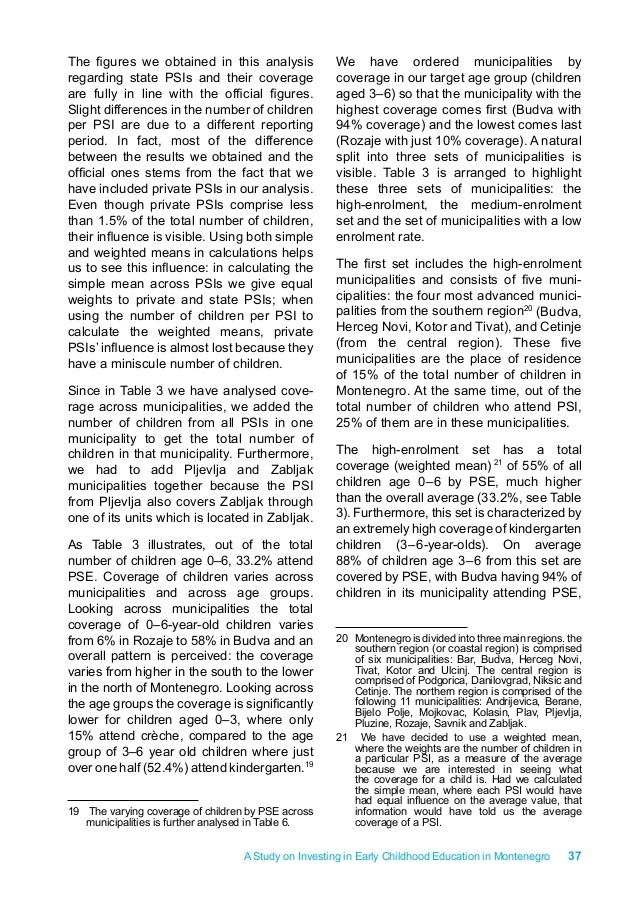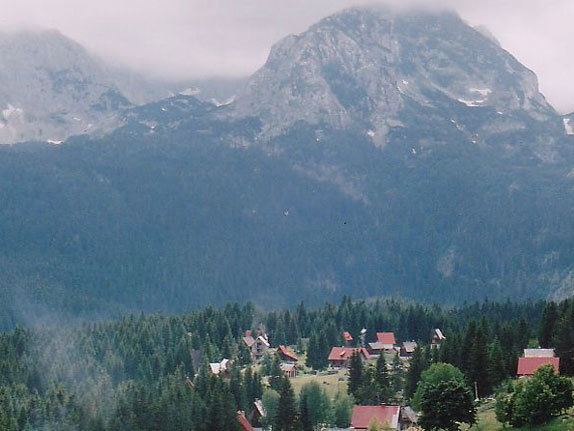Country Founded 1871 Population 1,937 | Area 445 km2 Mayor Isailo Sljivancanin (DPS) | |
 | ||
Points of interest Tara River Canyon, Black Lake, Bobotov Kuk | ||
Žabljak (Montenegrin Cyrillic: Жабљак, [ʒâbʎaːk]) is a small town in northern Montenegro. It has a population of 1,723.
Contents
- Map of abljak
- People food and drink short documentary about the western balkans
- History
- Demographics
- Tourism
- Transport
- abljak montenegro
- References
Map of Žabljak
Žabljak is the seat of Žabljak Municipality (2011 population: 3,569). The town is in the centre of the Durmitor mountain region and with an altitude of 1,456 metres, it is the highest situated town on the Balkans.
People food and drink short documentary about the western balkans
History

The first Slav name of the place was “Varezina voda” (Варезина вода) possibly because of the strong source of drinkable water nearby, making a settlement possible. Later, the town was renamed “Hanovi” (originally “Anovi”) because it was where caravans rested. The modern name dates from 1870, when in a single day the building of a school, church and captain's home began. However, almost all the original buildings were destroyed during the Balkan Wars. All that has remained is the old church of Sv. Preobraženje (Holy Transfiguration), built in 1862 as a monument to a Montenegrin victory in the battle against the Ottoman Empire. After Žabljak was established as a town, stores and cafés were opened. As such, in the 1880s Žabljak became a market town, leading it to become administrative center of the region.

In the period shortly before World War II, Žabljak was a small town with typical mountain architecture. Its unique nature was already drawing the attention of tourists from the Kingdom of Yugoslavia, and also from abroad, especially Italy (because of close ties between Montenegro and Italy).

During World War II, Žabljak was burnt right to its foundations. After the war, Žabljak rebuilt itself and became Montenegro's center for winter sports.
Demographics

Žabljak is the administrative centre of the Žabljak municipality, which has a population of 4,204. The town of Žabljak itself has a population of 1,937, and there are no other bigger settlements in the region.
Population of Zabljak:
Ethnic groups (1991 census):
Ethnic groups (2003 census):
Ethnic groups (2011 census):
Tourism
Žabljak is centre of Montenegro's mountain tourism. The entire area of Durmitor mountain is protected as a national park, and offers great possibilities for both winter and summer mountain tourism.
Žabljak caters for activities such as:
Among the main tourist attractions of Durmitor are 18 glacier lakes; the biggest and closest to Žabljak being "Crno jezero" - literally Black lake. Durmitor's slopes are also becoming increasingly popular among snowboarders.
Transport
One problem hampering the development of Žabljak as major regional mountain tourism destination is the lack of quality road infrastructure. The situation has been improving somewhat in recent years. Žabljak's main road connection with the rest of Montenegro is the road that links Žabljak with Mojkovac and the E65, the main road connection between the Montenegrin coast, Podgorica and the north.
The other significant road connection is through Šavnik and Nikšić, on to Risan or Podgorica. Since 2010, with the reconstruction of the Risan-Žabljak road, the average trip from Žabljak to the Adriatic sea is shortened to cca. two hours.
The town has an airport (Žabljak Airport) but the closest International Airport is Podgorica Airport some 170 km (110 mi) away which has regular flights to destinations throughout Europe. There are regular minibus links with Nikšić and Podgorica which arrive at the centrally located Žabljak bus station.
